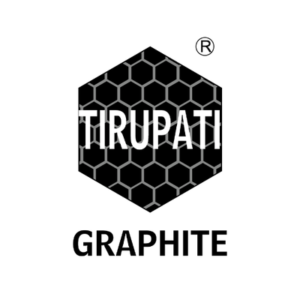Graphite is an essential material that plays a significant role in numerous industries and technological advancements. Known for its exceptional properties, such as high thermal and electrical conductivity, lubricity, and stability at high temperatures, graphite has become indispensable in various applications that shape our everyday lives.
One of the most prominent uses of graphite is in the manufacturing of lithium-ion batteries, which power a vast array of devices, from smartphones to electric vehicles. Graphite serves as the primary material for the anode in these batteries, contributing to their efficiency and longevity. As the world shifts towards sustainable energy solutions, the demand for high-performance batteries continues to rise, highlighting graphite’s critical role in this transition.
In the realm of electronics, graphite is utilised for its conductive properties. It is used in the production of heat sinks and cooling devices, ensuring the smooth operation of high-powered electronics by effectively dissipating heat. This application is vital for maintaining the performance and reliability of various electronic gadgets and systems that are integral to our daily routines.
The steel industry also benefits greatly from graphite. It is employed as a refractory material due to its ability to withstand extreme temperatures without degrading. Graphite crucibles and moulds are essential in steel production, providing the durability and stability required for handling molten metals. This use underscores graphite’s importance in the production of high-quality steel, which is a cornerstone of modern infrastructure and construction.
Furthermore, graphite’s lubricating properties make it an invaluable component in the automotive and aerospace sectors. It is used in the creation of lubricants that reduce friction in engines and machinery, enhancing their efficiency and lifespan. This characteristic is particularly crucial in high-stress environments, where reliable performance is non-negotiable.
The advancements in nanotechnology have also opened new frontiers for graphite. Graphene, a single layer of carbon atoms derived from graphite, is celebrated for its exceptional strength, flexibility, and conductivity. It has the potential to revolutionise various fields, including medical devices, energy storage, and even water filtration. The exploration of graphene’s capabilities underscores graphite’s ongoing significance in cutting-edge research and development.
In the field of nuclear energy, graphite serves as a moderator within nuclear reactors, controlling the rate of fission and ensuring safe and efficient energy production. This application is crucial for the generation of clean and reliable energy, contributing to the global efforts to reduce carbon emissions and combat climate change.
Graphite’s versatility extends to the world of art and education as well. It is the primary material in pencils, enabling creativity and learning for people of all ages. From sketching and drawing to writing and drafting, graphite’s contribution to artistic and educational pursuits is both timeless and universal.
Graphite is a material of extraordinary importance in today’s world. Its diverse applications, ranging from technology and industry to art and education, highlight its indispensable role in modern society. As advancements continue and new uses for graphite are discovered, its significance is only set to increase, reinforcing its status as a vital element for progress and innovation.
Tirupati Graphite PLC (LON:TGR) is a fully integrated specialist graphite and graphene producer, with operations in Madagascar and India. The Company is delivering on this strategy by being fully integrated from mine to graphene. Its global multi-location operations include primary mining and processing in Madagascar, hi-tech graphite processing in India to produce specialty graphite, and a state-of-art graphene and technology R&D center to be established in India.


